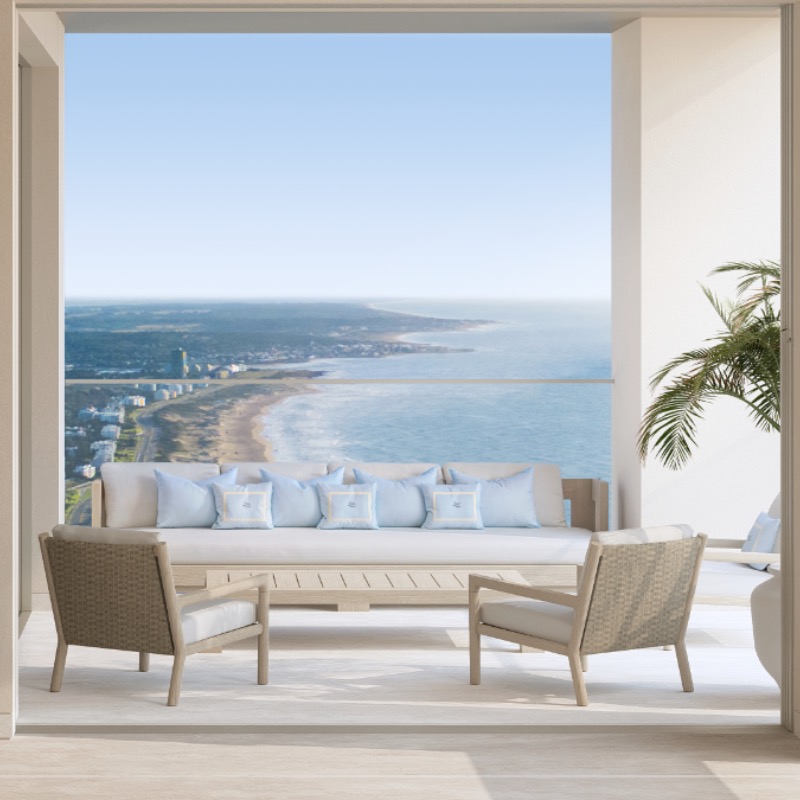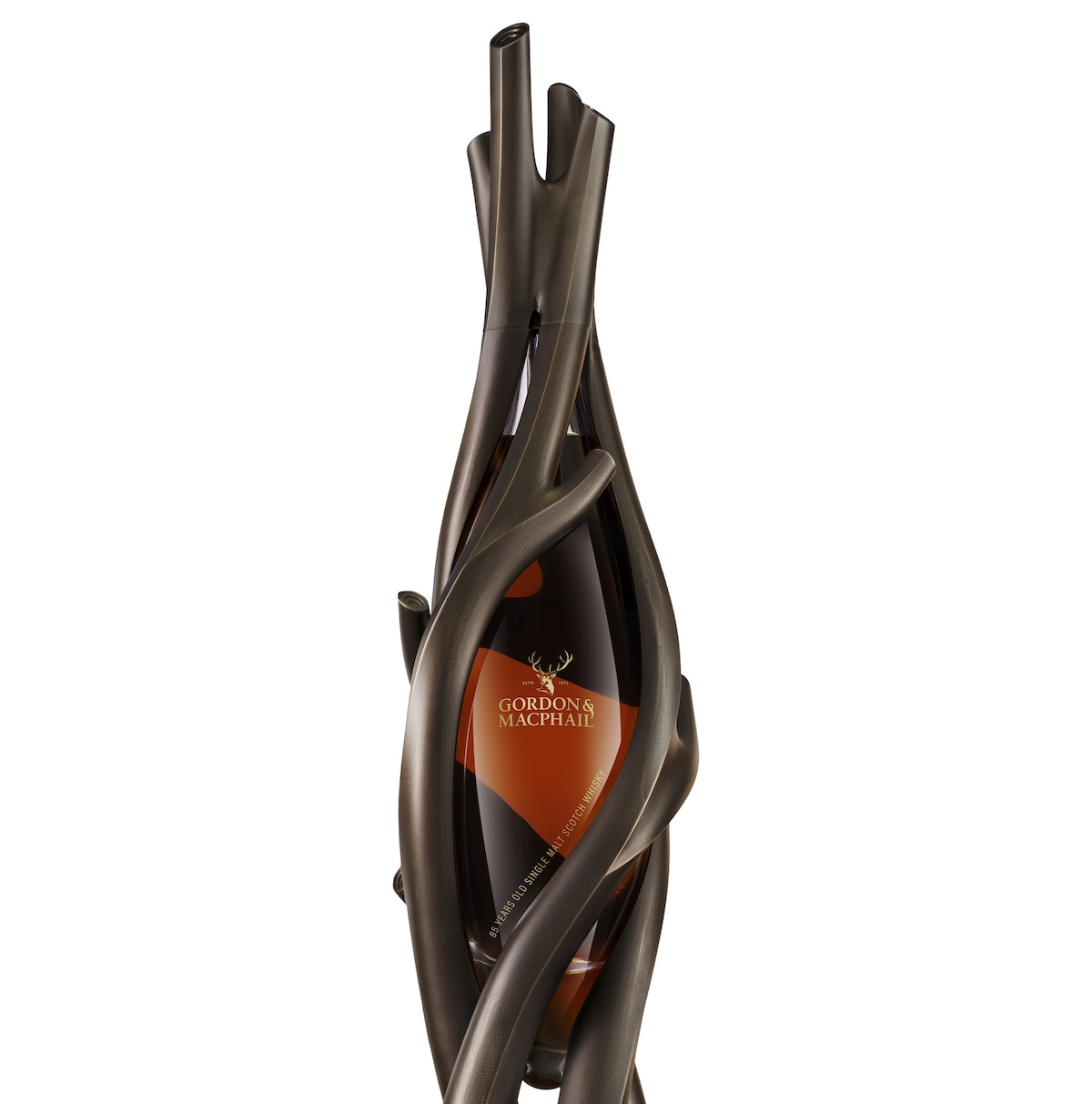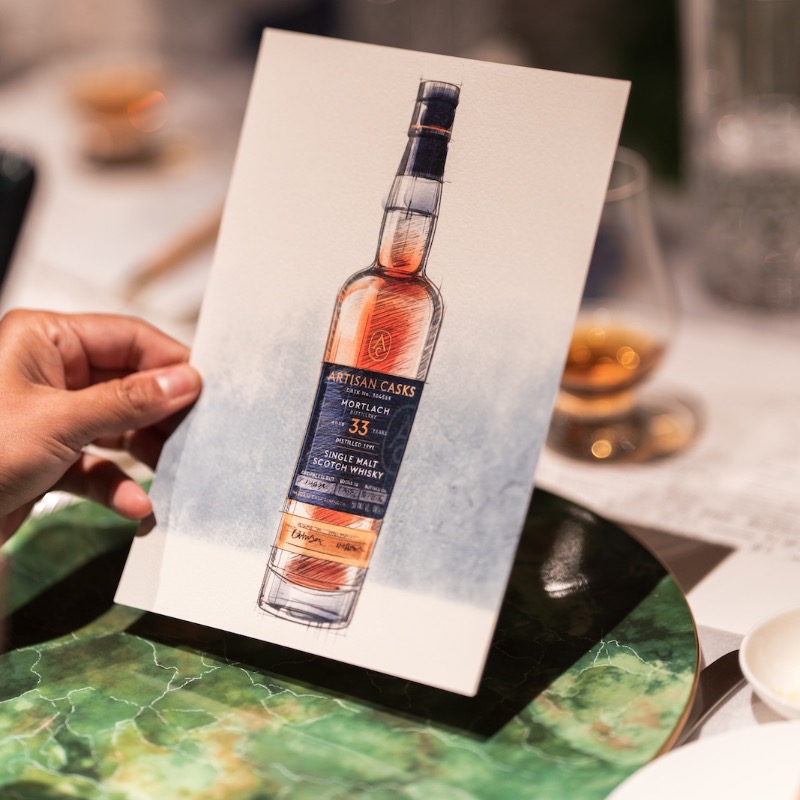By Lewis Chester, Mike DeSimone, Jeff Jenssen, Jonah Flicker, and P. Ramakrishnan
On a Grander Scale
Wine lovers should be focusing their efforts on securing large-format bottles of wine for their cellars. Most do not, principally because they fear there will be fewer occasions to open these bottles and also because they are pricier. Large formats start with magnums (1.5 litres) but can go up to crazy sizes such as melchiors (18 litres) or even the aptly named goliaths (27 litres). Magnums and double magnums (three litres, often called jeroboams) are the most common types of large-format bottles for wine, including sparkling varieties.
The most important reason for buying large formats is that the wine will—more often than not—age better and for a longer duration than the ordinary 75 cl bottles. This is particularly true for Champagne, for reasons science has yet to fully explain, but is also the case for all types of wine: sweet, white, or red. The principal reason is due to the amount of oxygen that seeps into the bottle through the cork and the neck. For large formats, scientific studies have proven that there is less oxygen flowing into the wine during cellar ageing than would be the case for standard-size bottles. One scientific study proved that a magnum format has about half the air space compared to a standard 75 cl bottle, helping to explain why the wine will not only age for longer, but develop more complexity over time.
Other explanations for why wine ages more gracefully in larger formats include the fact that these bottles are produced with thicker, heavier glass that better protects the wine from harmful factors like heat, light, and vibrations during transportation. Heat is not wine’s friend, but it also does not like variations in temperature; larger formats tend to do a better job of keeping the numbers more uniform.
However, for collectors and investors in particular, there is another reason to buy large formats: they are rarer, made in much smaller quantities than standardsized bottles, and therefore tend to attract a premium price in the secondary market. So if you have your heart set on gifting your prized large formats to your children, but it turns out they are teetotallers or do not enjoy wine as much as you do, you are likely to obtain a much better price for these bottles if you chose to sell them.
Finally, if you want to make an impact at a social occasion, there is nothing more likely to create a special atmosphere than serving large formats. They are beautiful to look at. People are more intrigued to taste wine from grander bottles. And pouring from them evokes the impression that you have an appreciation for wine. It also shows you are a generous host.
WINE OF THE YEAR
DOMAINE DES LAMBRAYS
2020 Clos des Lambrays Grand Cru
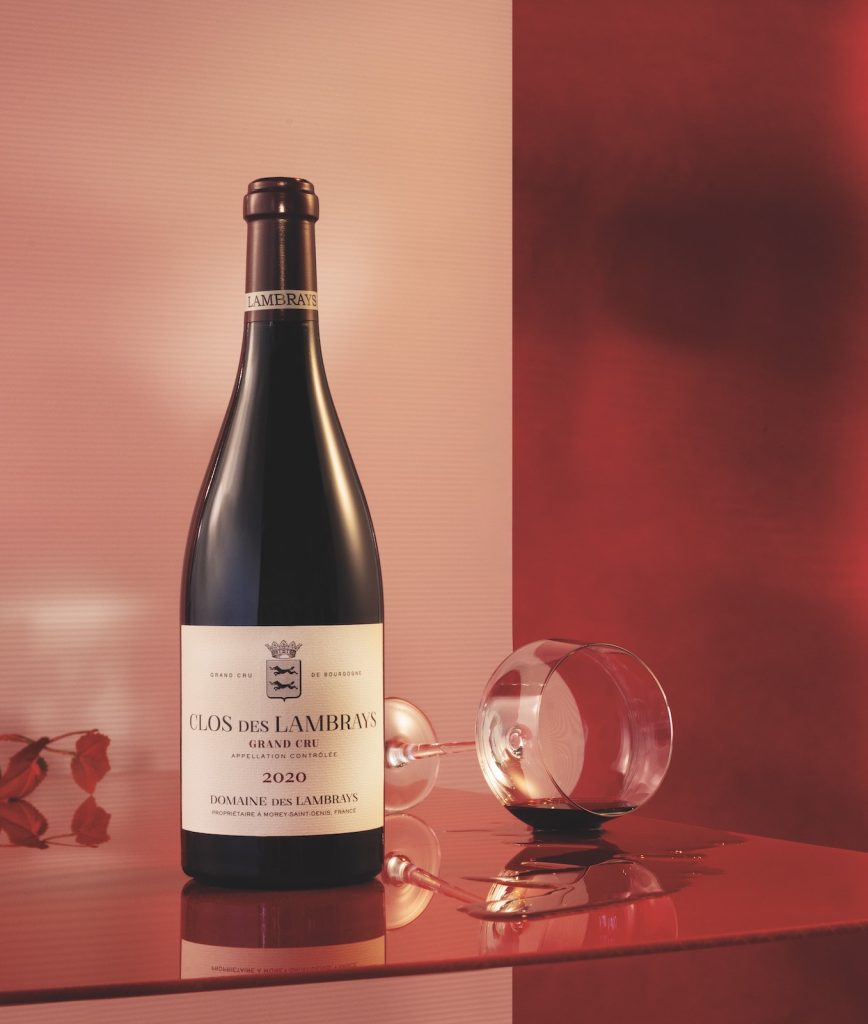
Styling by Jessie Graham
Made in the first year that the vineyards were converted to biodynamic farming, this Pinot Noir is the second vintage produced from the estate’s walled clos by legendary winemaker Jacques Devauges. Despite a summer heatwave and a harvest that was the earliest in 30 years, Devauges tells Robb Report that 2020 is noted for its freshness and credits the complexity of the vineyard soils for this wine’s “three-dimensional” aromas of fruits, spices, dry herbs, tobacco, and flowers. 20 months of barrel ageing have added polished tannins and notes of butterscotch and cocoa powder to Mission-fig and black-cherry flavours.
GIN
BRUICHLADDICH
The Botanist Islay Dry Gin
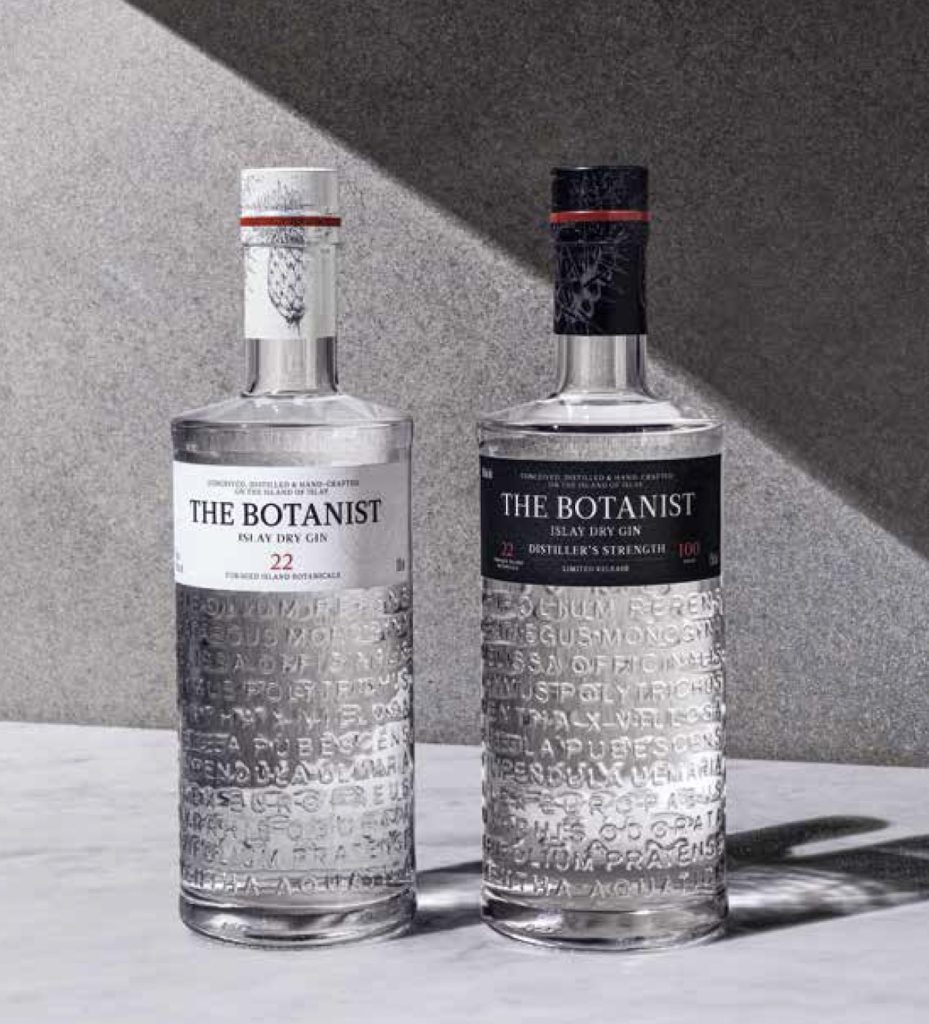
With so many new gins making the rounds, it might seem strange to turn to a Hebridean distillery better known for its whisky. But not all gins are equal, and not all come in a party-igniting magnum size. Bruichladdich’s The Botanist is a modern classic, a refreshing take on gin orthodoxy that will intrigue lovers of conventional, juniper-led gin and convert those new to the genre.
An impressive 31 different botanicals go into the unusual Lomond still, many foraged by hand on the island, thus contributing to the distillery’s B Corp status. Too many ingredients can be a bad thing, but here the whole is truly greater than the sum of its parts. Add the dramatic bottle to the 46 per cent ABV strength (deliciously mouthcoating) and the complex, floral taste and you have a gin that can happily be sipped neat or will sing in harmony with any decent tonic.
BLENDED SCOTCH
ROYAL SALUTE
62 Gun Salute Collection
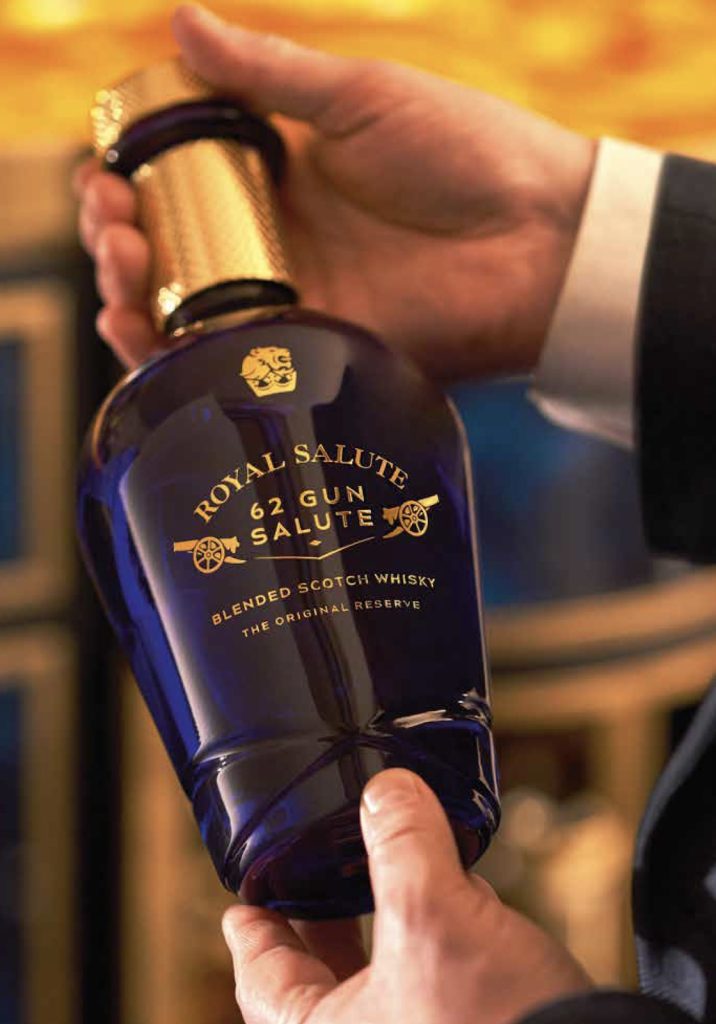
In the thick of a balmy summer, Royal Salute unveiled its prestigious 62 Gun Salute collection, a tribute to the grandeur of British ceremonial honour. Comprising an exceptional trio of blended Scotch whiskies crafted by esteemed master blender Sandy Hyslop, this release embodies the regal heritage of the highly awarded brand.
Alongside the original 62 Gun Salute Reserve, two new expressions—the American Oak Reserve, characterised by vibrant tropical fruit notes, and the Peated Reserve, offering a smoky finish reminiscent of London’s evening skyline—provide flavour profiles that are at once harmonious and distinct. Each variant promises a profound experience, showcasing the meticulous craftsmanship that has defined Royal Salute for over four decades.
SUPERIOR VINTAGE
KRUG
Vintage 2011
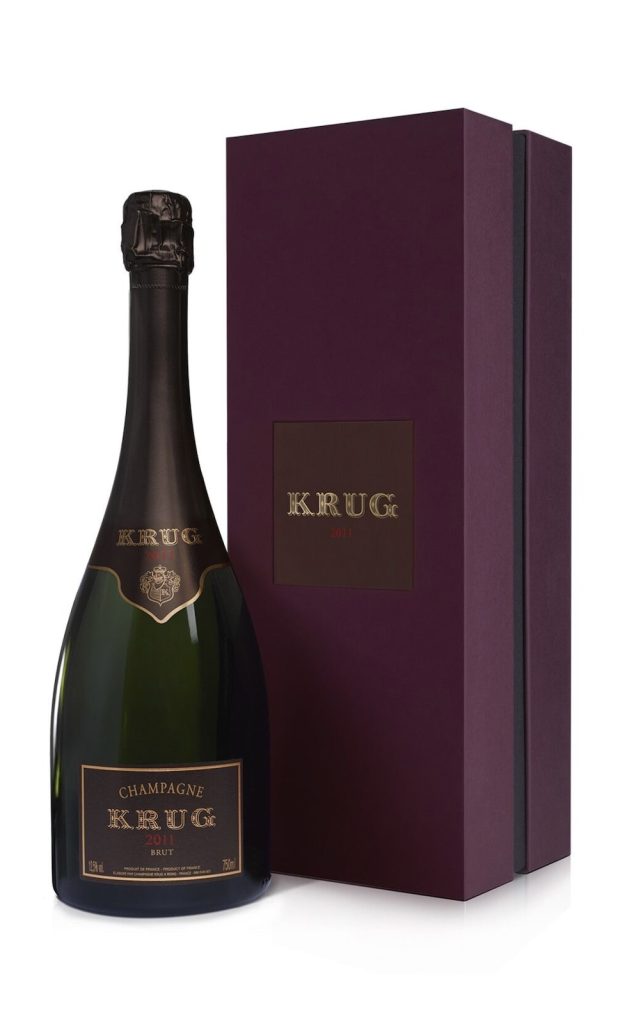
Rather than being the selection of the best wines from a particular year, Krug Vintage is the expression of that year according to maison Krug, with Julie Cavil, the chef de cave, aiming to capture the distinct character and story of each vintage. Having spent over 10 years ageing in Krug’s cellars before release, the 2011 is, according to the estate, “ample, generous, and assertive” in character.
Full-bodied and powerful, with a creamy texture, the wine is very intense, displaying ripe orchard fruits alongside toasted brioche, almonds, and pastry, and a salty, chalky taste on the long, enduring finish. The wine’s freshness is thanks to a bright acidity that energises and lifts the wine in the mid-palate. Although still a relative youngster, you should not fear opening it now as it gives ample pleasure.
BORDEAUX
CHÂTEAU COS D’ESTOURNEL
2020 Saint-Estèphe
In honour of proprietor Michel Reybier’s 20th year leading the storied Saint-Estèphe estate, the engraved bottle of Cos d’Estournel 2020 reads “C’etait Cos sinon rien,” or “It was Cos, otherwise nothing,” a very fitting phrase for this sublime release. While the hot and dry summer led to one of the earliest harvests ever, neither finesse nor freshness was sacrificed in pursuit of full flavour. This Cabernet Sauvignon-Merlot blend offers incredible balance and complexity, with layers of blackberry, raspberry, mocha, black-tea, and nutmeg flavours wrapped in powerful tannins that will mellow to perfect drinkability while lovingly stored in your cellar.
ROSÉ
GÉRARD BERTRAND
2022 Clos du Temple
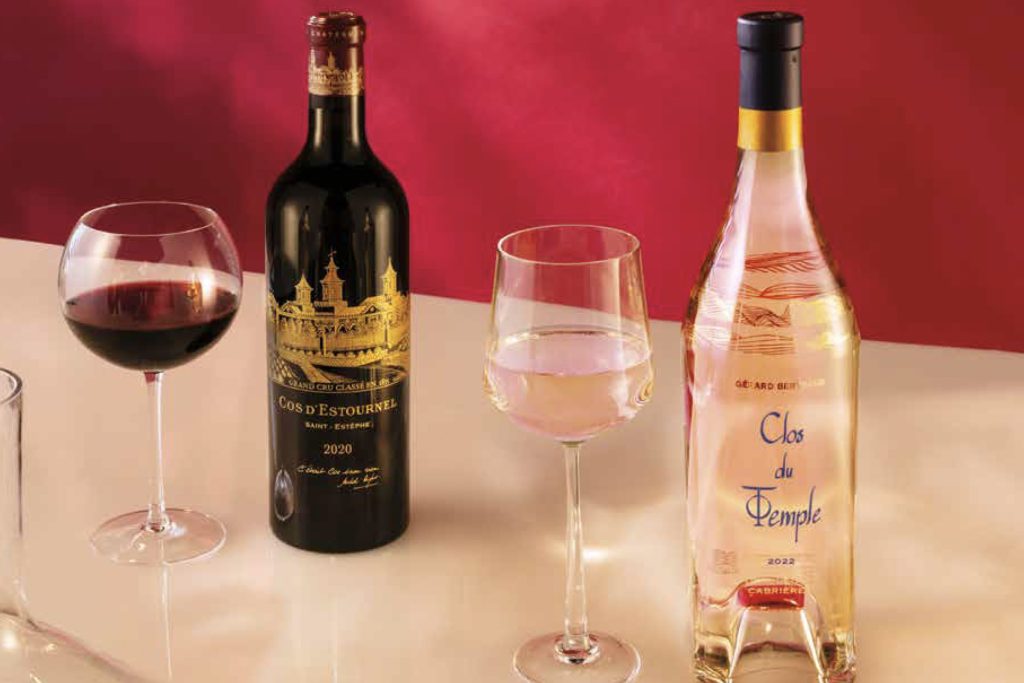
Styling by Jessie Graham
The rare rosé that’s designed to age, Clos du Temple will continue to evolve for up to 25 years, according to winemaker and owner Gérard Bertrand. Five grape varieties from 11 plots filled with limestone and schist known as écailles de Cabrières were grown using biodynamic principles and aged in new oak for six months. The bottle itself is a work of art; its square base and rounded shoulders were crafted using the golden ratio. Pale pink to the eye, it features flavours of passion fruit, nectarine, Turkish delight, and a hint of sage leaf that lingers on the palate.
DESIGN
CAMUS
Poets & Birds Collection
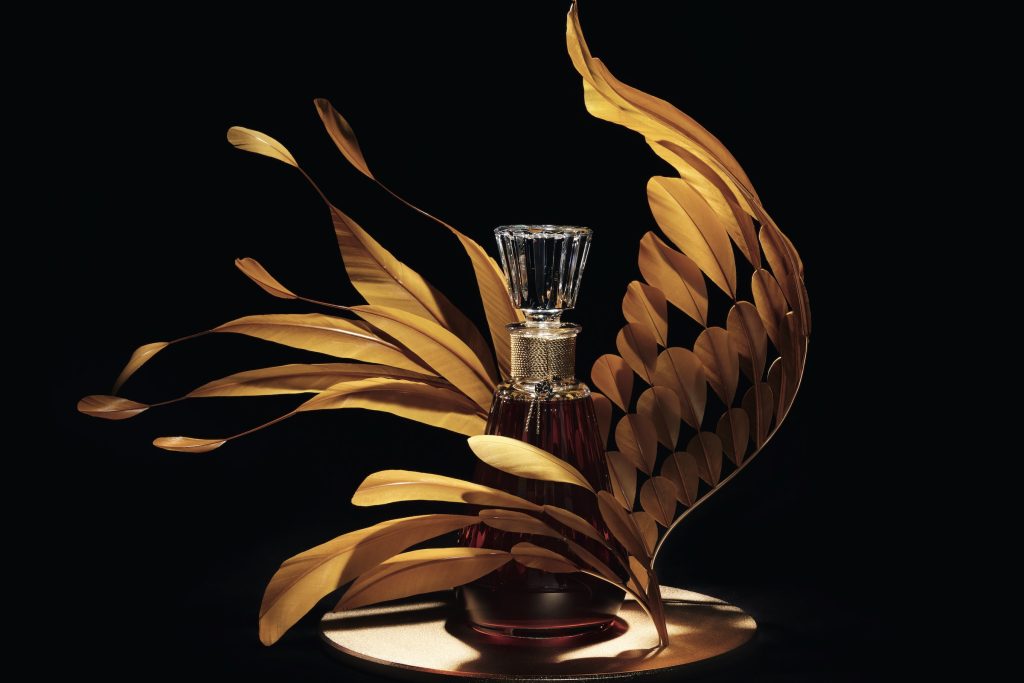
A triptych of exceptional Cognacs that pay homage to the renowned Borderies cru, the smallest of all the crus. Borderies features a terroir of clay, limestone, and flint soils, and represents the majority of Camus’s holdings in the Cognac region. The collection comprises three exquisite bottlings, all priced at €38,000 (approximately HK$309,470) each, making this one of the world’s most expensive Cognac collections.
Housed in sensational crystal decanters designed by Brazilian artist Janaïna Milheiro, with remarkable feathers of different colours emanating from the decanters, Camus has created a limited-edition collection of Cognacs that embark on a sensorial journey through the Borderies, where poetry and nature converge in liquid form. Six bottles were produced of each of the three Cognacs.
Phoenix is arguably the pinnacle of the collection, crafted from a blend that includes eaux-de-vie aged between 10 and 50 years. Bright gold in colour, the nose is delicate and balanced, featuring plums, figs, and pâtisserie aromas, alongside nutmeg and pepper spices. The palate is very fine and complex, with stonefruits, spices, wood, and lemon-tart flavours. The finish is long and satisfying.
JAPANESE WHISKY
HAKUSHU
18-Year-Old Peated Malt Anniversary Edition
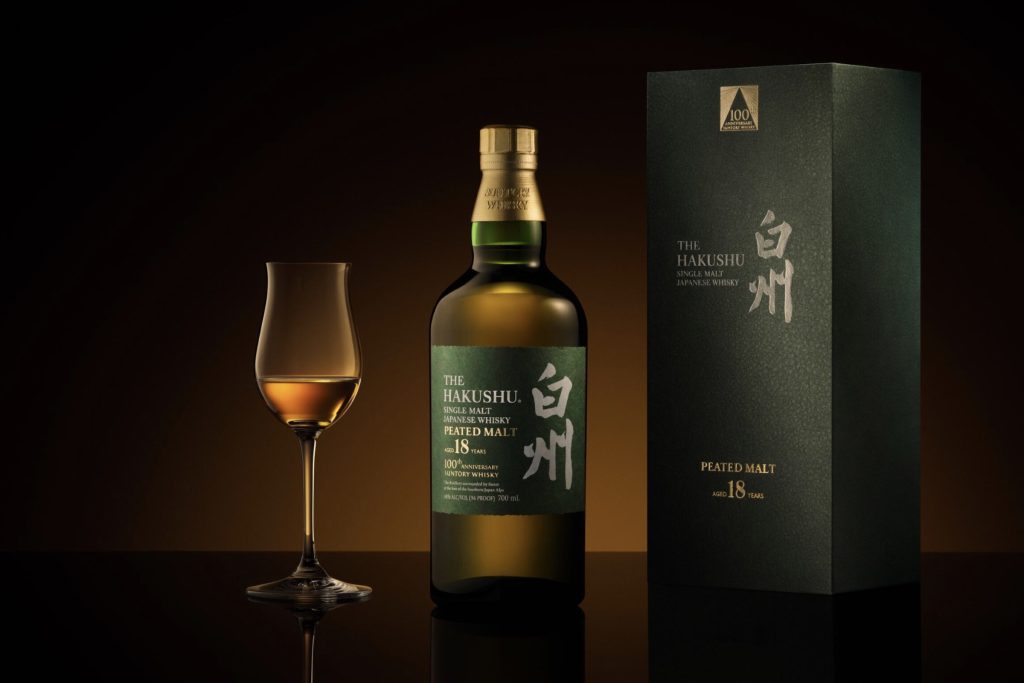
High in the Japanese Alps, the Hakushu distillery is producing some of the world’s best single malts. The House of Suntory, its parent company, marked a century of whisky-making in 2023. To commemorate the occasion, it launched this new 18-year-old peated whisky, an elegant single malt that combines a gentle smokiness with notes of citrus and spice. If you’re a fan of the rest of the Hakushu lineup—and even if you’re not—this bottle is worth trying.
SUBLIME BURGUNDY
DOMAINE DE LAROMANÉE-CONTI
La Romanée-Conti 2020
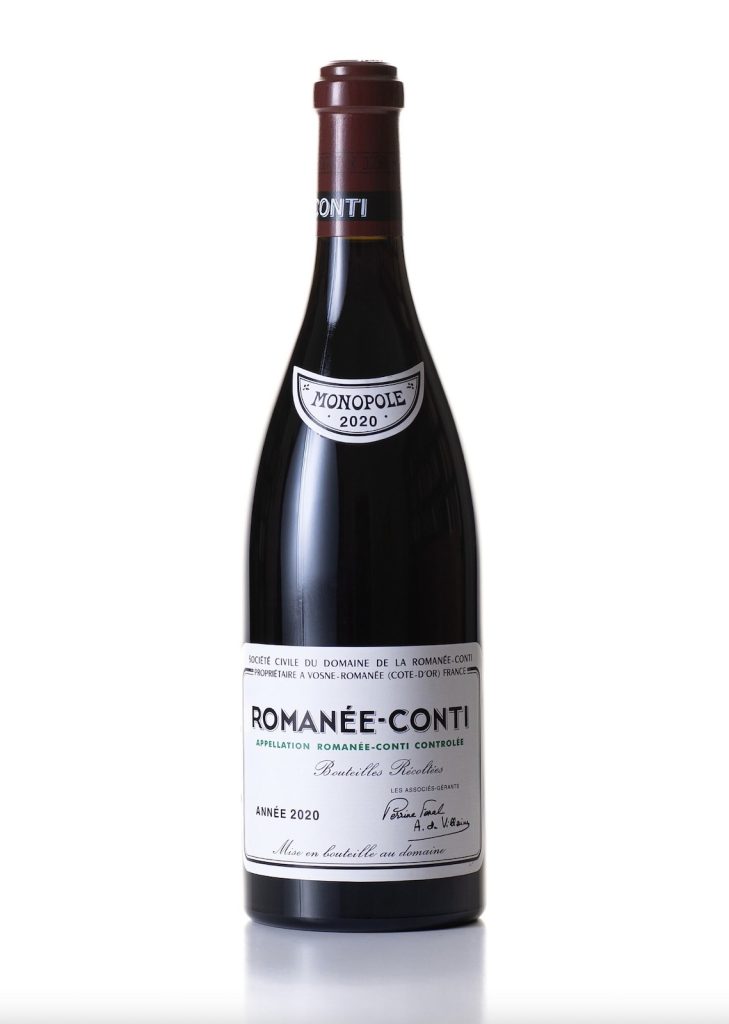
At the top of the estate’s pyramid of wine is perhaps the world’s most famed vineyard, the monopole of La Romanée-Conti (after which the village of Vosne-Romanée is named). For the 2020 vintage, 6,000 bottles were produced from 60-year-old vines which were harvested around 27 August—very early by historical standards, but in line with the hot and dry conditions of the vintage. At a release price of around €4,550 (approximately HK$37,055) per bottle, it is the estate’s most expensive wine.
What does it taste like? Sublime. Although the nose was a little muted—after all, it’s super young for a wine of this complexity and quality—the mid-palate was a full blast of savoury fruits, flowery petals, and sweet spices, evolving in the mouth and followed by a very long, delicate finish.
COGNAC
LOUIS XIII
The Mathusalem
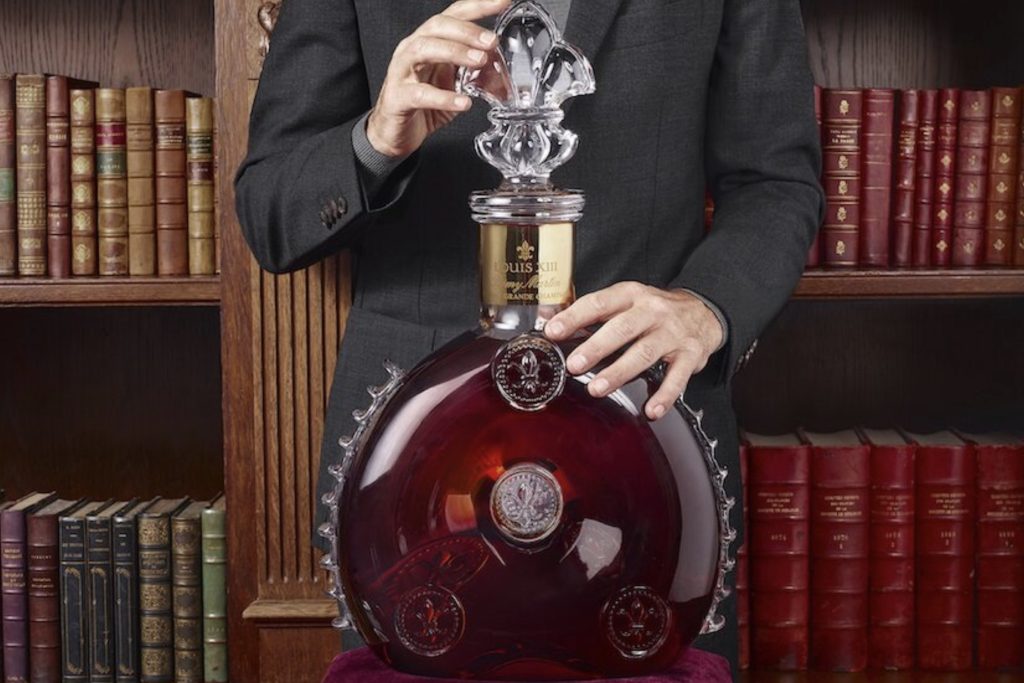
Named in honour and appreciation of King Louis XIII who created the Cognac appellation as a subcategory of brandy, generously including a series of tax incentives to encourage artisans to live and work in the region, the king was known as the “guardian angel of Cognac.” As the most prestigious Cognac in the Rémy Martin range, Louis XIII is distinct for including distilled wines only from the Grande Champagne cru located to the south of the town of Cognac.
Uniquely, an undisclosed portion of the blend includes eaux-de-vie aged for more than 100 years, with the youngest eau-de-vie aged for at least 40-plus orbits of the sun. There are 1,200 eaux-devie in the blend. The ambition of Baptiste Loiseau—only the seventh cellar master—is to “create a blend that has the same potential experience for consumers as the original Louis XIII first produced 300 years ago in 1724.”
Tasted out of a six-litre mathusalem at The Dorchester hotel in London—a bottle that will set you back around €120,000 (approximately HK$977,330)—Louis XIII is a Cognac that explodes in your mid-palate with sweet candied fruits, figs, walnuts, honey, wax, and cinnamon. Given the unprecedented complexity, you start noticing orange peel, spices, white pepper, and saffron in the aftertaste that can last several minutes, warming your lower stomach as the Cognac invades your innards. Although powerful, the amber-coloured Cognac is remarkably light, refined, and elegant, making it very moreish. IWSR data shows that, of Cognacs sold above around €3,500 (approximately HK$28,505) per bottle, Louis XIII comprises 99 per cent of the entire category, underlining its preeminence in the eyes of connoisseurs.
SINGLE MALT WHISKY
THE GLENLIVET
55-Year-Old
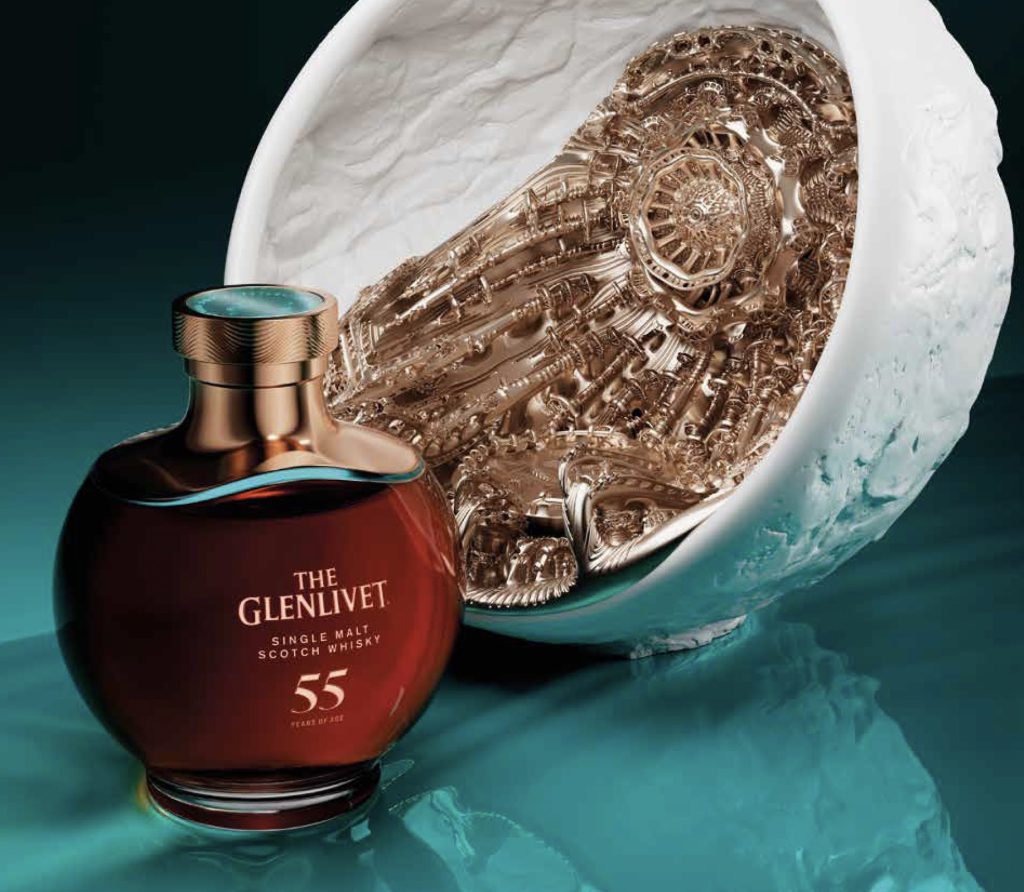
In a landmark celebration of its 200-year heritage, The Glenlivet introduced its oldest expression to date—a remarkable 55-year-old single malt whisky.
Limited to just 100 exquisitely crafted bottles, this release is matured in a seasoned sherry cask, offering a complex flavour profile of autumn fruits, ripe Seville oranges, warm spices, toasted hazelnuts, and dark chocolate, followed by a deliciously long finish.
Computational architect and programmer Michael Hansmeyer created a stunning sculpture inspired by the ethereal flow of the River Livet to house this exceptional whisky, using jesmonite and rose-gold plating to form the receptacle. Merging art and whisky, the collaboration underscores The Glenlivet’s commitment to craftsmanship and innovation. As the inaugural release of The Glenlivet Eternal Collection, the 55-Year-Old is just the first taste we’re getting of future annual editions accompanied by original artworks
POTENTIAL UNICORN
BOËRL & KROFF
2006 (Magnum)
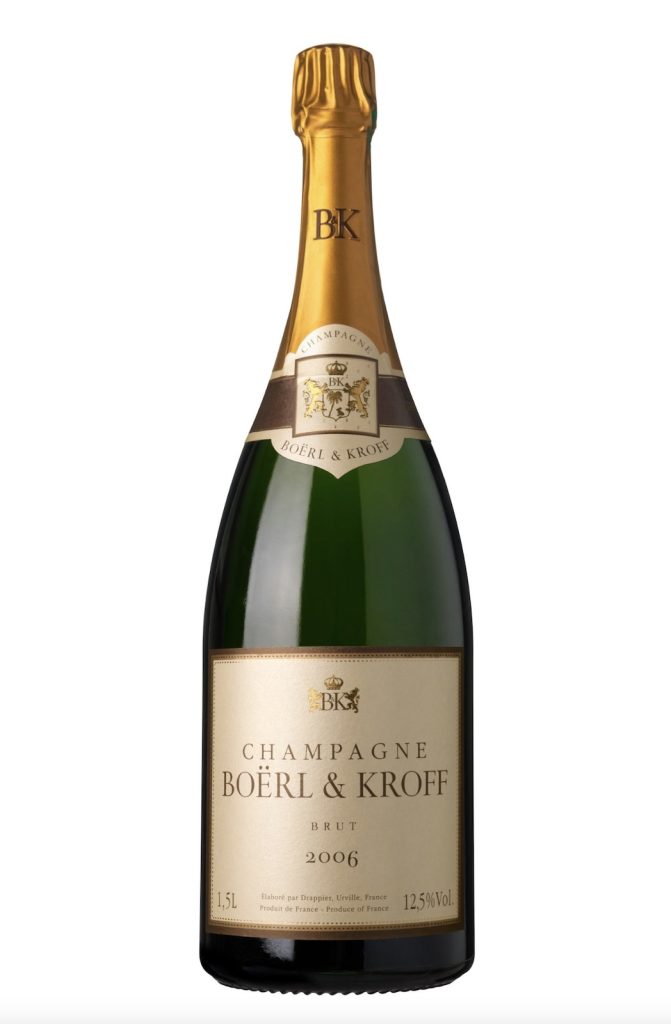
Produced only in large formats, specifically with long-term ageing in mind, Boërl & Kroff is arguably the most exclusive producer in the Champagne region. With a strong following of collectors and a tiny production, it has all the hallmarks of a unicorn for those wine lovers who are happy to fork out around €2,350 (approximately HK$19,140) per magnum.
The 2006 Boërl & Kroff Brut Champagne is a blend of 90 per cent Pinot Noir, seven per cent Chardonnay, and three per cent Meunier; 3,000 magnums were produced. The Champagne wafts from the glass with aromas of ripe stone fruits, toasted brioche, honeysuckle, and a subtle minerality. On the palate, the wine displays a harmonious balance of richness and freshness, with a creamy, velvety mouthfeel and a persistent, elegant finish. In a magnum, this vintage should evolve slowly and gracefully in your cellar. The 95-point rating from Wine Advocate suggests this Champagne is a true standout, showcasing the exceptional quality and craftsmanship that Boërl & Kroff is known for.






